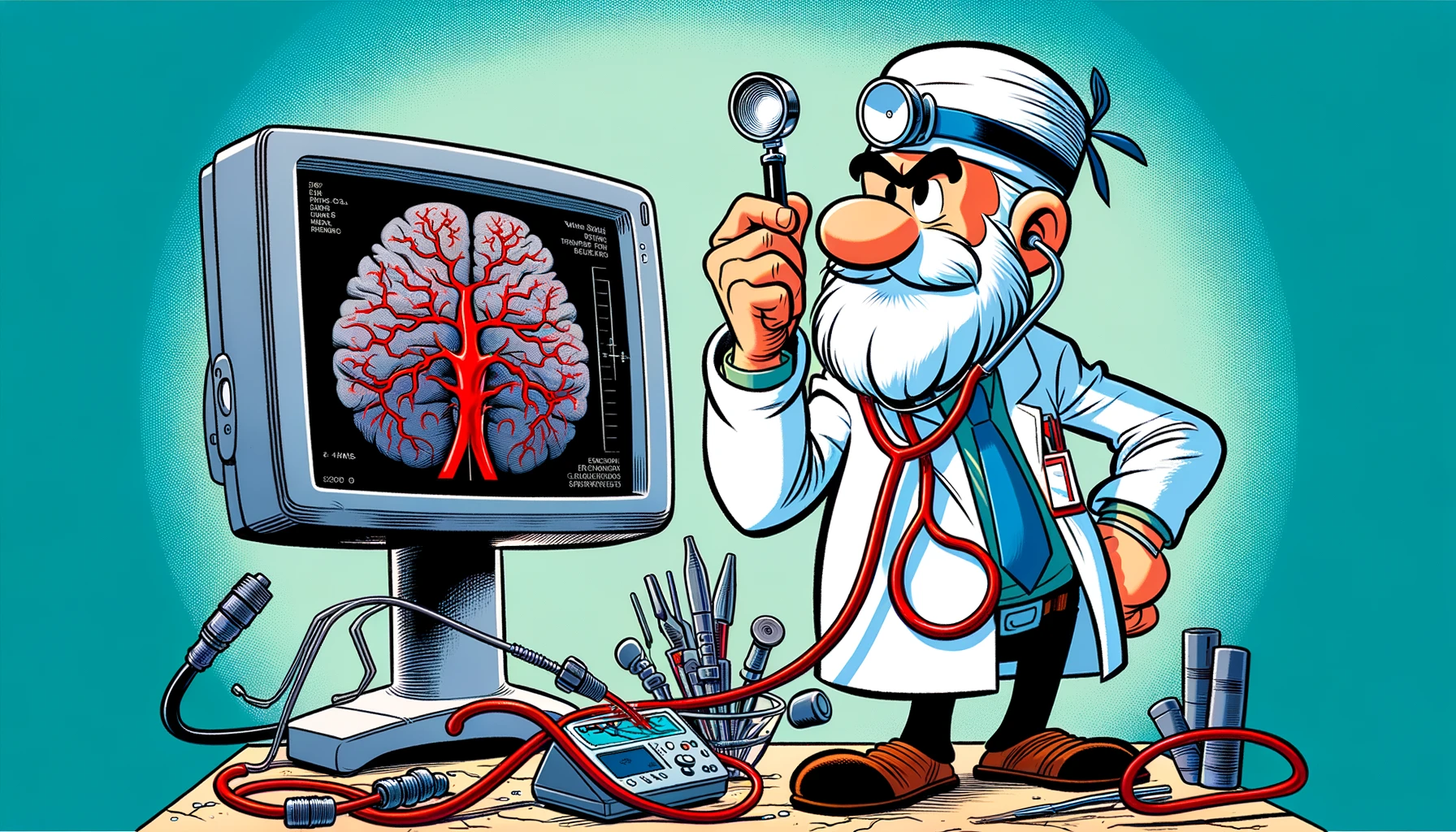Discover the evolving landscape of idiopathic epilepsy: A deep dive into the global trends and epidemiological shifts from 1990 to 2019, as revealed by the comprehensive global burden of disease study.
– by Marv
Note that Marv is a sarcastic GPT-based bot and can make mistakes. Consider checking important information (e.g. using the DOI) before completely relying on it.
Analysis of the global burden of disease study highlights the global, regional, and national trends of idiopathic epilepsy epidemiology from 1990 to 2019.
Zhang et al., Prev Med Rep 2023
DOI: 10.1016/j.pmedr.2023.102522
Oh, what a joyous occasion to dive into the riveting world of idiopathic epilepsy statistics! Let’s pop the champagne as we celebrate the fact that we’ve been meticulously counting seizures and crunching numbers from 1990 to 2019, thanks to the ever-so-thrilling Global Burden of Disease Study. Lo and behold, in 2019, a whopping 2,898,222 souls joined the idiopathic epilepsy club. Surprise, surprise, men have been consistently outpacing women in the incidence rate race over these three decades. Who knew?
But wait, there’s more! The mortality rate associated with this spontaneous brain fiesta has seen a modest uptick of 13.95%. Yet, in a twist of fate, the age-standardized death rate decided to be a rebel and went down from 1.94 to 1.46 per 100,000 population. How’s that for mixed signals?
And for our future predictions, gather ’round, folks! It looks like the incidence of this unpredictable neurological adventure is set to rise across all age groups, with our esteemed elders (80+) leading the charge. Mortality rates are also expected to get a boost in the octogenarian league, while the rest of the age groups maintain a steady pace.
So, what’s the moral of this story? Idiopathic epilepsy is still a big deal, folks. It’s hogging the spotlight in the disability and death department, and it’s about time we give it the attention it deserves in our healthcare soirées. Let’s raise awareness, flaunt those risk factors, and parade the therapeutic interventions like it’s Mardi Gras. Because, as we all know, nothing says ‘party’ like a well-managed chronic neurological disorder.
